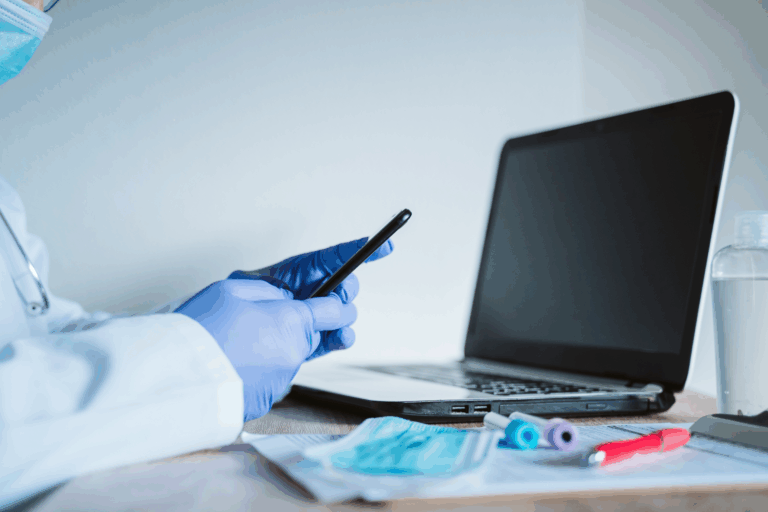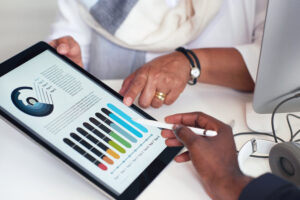Fertility testing has advanced dramatically in recent decades. What once required hours of manual observation under a microscope can now be achieved in minutes with automated, high-precision instruments and digital tools. These innovations are not only improving diagnostic accuracy but also making fertility care faster, more accessible, and more patient-friendly worldwide.
From Manual Microscopes to Automated Analysis
Traditional semen analysis relied heavily on a trained technician’s skill and interpretation—an approach that could vary from lab to lab. Today, automated semen analyzers, such as FDA-cleared systems aligned with WHO guidelines, use advanced optics, algorithms, and high-resolution imaging to measure multiple sperm parameters with consistent accuracy. These systems reduce human error, standardize reporting, and give clinicians reliable data to guide treatment.
Digital Imaging and Video Capture
High-definition imaging technology now allows clinicians and patients to see sperm motility and morphology in real time. Video capture not only supports more transparent results discussions but also enables remote consultations, second opinions, and long-term recordkeeping.
At-Home Testing and Connected Apps
At-home male fertility tests are now possible thanks to miniaturized optics, smartphone integration, and secure cloud reporting. Men can assess concentration, motility, and progressive motility privately from home, with results that rival clinical accuracy. Paired with mobile apps, these devices provide interactive result explanations, sperm videos, and lifestyle recommendations to improve reproductive health.
Data Integration for Smarter Care
Modern fertility diagnostics increasingly integrate with Laboratory Information Systems (LIS) and electronic health records, allowing faster result sharing between labs, clinics, and patients. This connectivity speeds up decision-making, reduces delays in care, and creates a more seamless patient experience.
Technology is transforming fertility diagnostics from slow, manual processes into efficient, data-rich, and patient-centered experiences. Whether in a lab, clinic, or living room, today’s tools are giving people around the world faster answers, clearer insights, and more control over their reproductive health.
If you’re ready to explore the latest in male fertility testing—from clinical-grade analyzers to at-home solutions—discover our global product portfolio.




